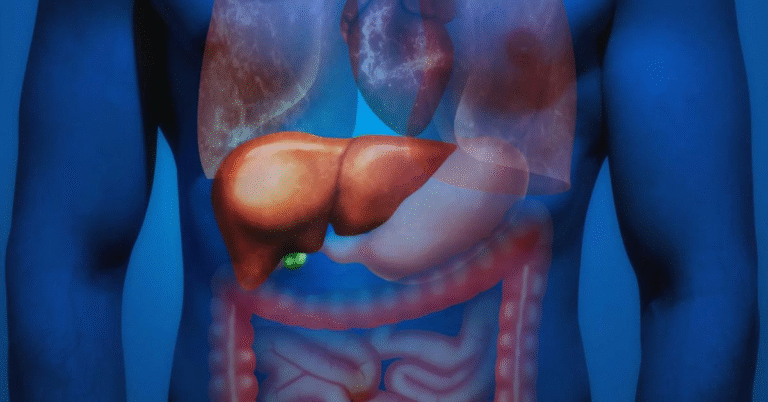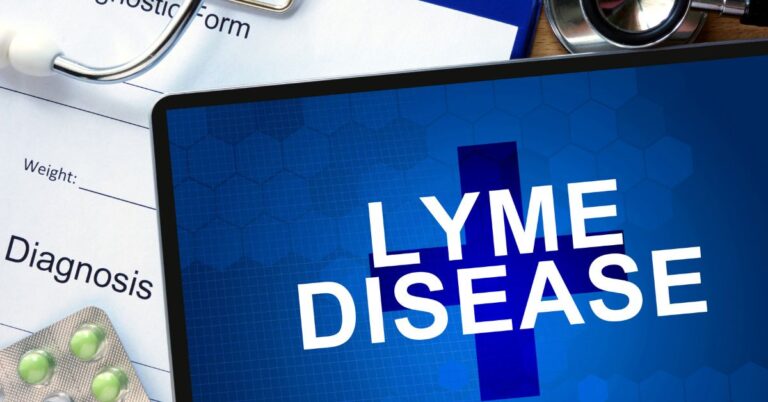10 Hidden Warning Signs and Causes of Cushing’s Syndrome You Shouldn’t Overlook
At first, it may be simple to ignore Cushing’s Syndrome, a dangerous hormonal condition. It is brought on by extended exposure to elevated levels of cortisol, a stress hormone generated by the adrenal glands, and if untreated, can result in a variety of health problems. This article will assist you in identifying the warning signs, symptoms, and causes of Cushing’s Syndrome if you’ve been feeling “off” lately and are unable to determine why. Knowing what to watch out for could have a significant impact on your long-term health, and early detection is crucial.
What Is Cushing’s Syndrome?
When your body produces too much cortisol over time, you get Cushing’s syndrome. This may occur spontaneously as a result of a disease or as a result of outside influences such as chronic corticosteroid medication use.
What Does Cortisol Do?
Cortisol plays a vital role in:
- Regulating metabolism
- Controlling blood sugar levels
- Managing stress response
- Reducing inflammation
But when cortisol levels stay too high for too long, it can throw your entire system out of balance.
10 Warning Signs and Symptoms of Cushing’s Syndrome
If you notice several of these symptoms together especially if they persist it may be time to speak with a healthcare provider.
1. Rapid Weight Gain (Especially Around the Abdomen and Face)
Abrupt weight gain, especially around the face, upper back, and midsection, is one of the most typical symptoms of Cushing’s syndrome. However, your limbs might continue to be rather thin.
2. A Round, Puffy “Moon Face”
Excess cortisol can cause fat deposits to collect around your face, giving it a round, swollen appearance that’s hard to miss.
3. Purple or Red Stretch Marks (Striae)
Wide, dark stretch marks may appear, particularly on the arms, breasts, thighs, and abdomen. These are not the same as the pale ones brought on by normal weight changes.
4. Thinning Skin That Bruises Easily
Cortisol weakens the skin’s structure, making it more prone to tears, bruising, and slow healing even from minor injuries.
5. Acne and Excess Facial Hair (Hirsutism)
Particularly in women, high cortisol levels can lead to acne breakouts and increased facial or body hair, especially around the chin, chest, or back.
6. Muscle Weakness
Many people with Cushing’s notice muscle wasting in the arms and legs, leading to weakness and fatigue that can make everyday tasks more difficult.
7. Mood Changes and Mental Health Issues
Chronic high cortisol can severely affect your mental health, resulting in:
- Depression
- Anxiety
- Irritability
- Difficulty concentrating
8. Irregular Periods or Fertility Issues
In women, cortisol imbalances can disrupt reproductive hormones, leading to missed periods or difficulty getting pregnant.
9. High Blood Pressure and Blood Sugar Levels
Cortisol increases both blood pressure and glucose, potentially putting you at risk of type 2 diabetes and cardiovascular problems.
10. Weakened Bones (Osteoporosis)
Over time, Cushing’s can cause bone thinning, making fractures more likely, especially in the spine, hips, and ribs.
What Causes Cushing’s Syndrome?
There are two main types of causes: exogenous (external) and endogenous (internal).
1. External Causes (Most Common)
- Prolonged use of corticosteroid medications (e.g., prednisone) to treat conditions like asthma, lupus, or arthritis.
2. Internal Causes
- Pituitary Tumors (Cushing’s Disease): These benign tumors increase ACTH, which triggers cortisol production.
- Adrenal Tumors: Can lead to direct overproduction of cortisol.
- Ectopic ACTH Syndrome: Rare tumors in the lungs or pancreas that produce ACTH outside the pituitary.
According to the NHS, Cushing’s is rare but can be serious if left untreated. Diagnosis often involves urine, blood, and saliva tests, followed by imaging like MRI or CT scans.
How Is Cushing’s Syndrome Treated?
Treatment depends on the underlying cause:
- Reducing or tapering off corticosteroid medications
- Surgical removal of tumors (pituitary or adrenal)
- Radiation therapy or medications to block cortisol production in severe or inoperable cases
It’s important to work closely with an endocrinologist for personalized care and long-term hormone management.
Conclusion:
The first step to receiving treatment and recovering from Cushing’s syndrome is identifying its early warning signs, symptoms, and causes. Even though the condition is uncommon, if you ignore it, it can have a major negative influence on your quality of life. Do not hesitate to see an endocrinologist or your general practitioner if any of these symptoms seem familiar. Effective treatment and a significantly better prognosis can result from early diagnosis.
This $1 DIY Remedy Cleared My Sinus in One Night
Check out the healthlynic ✔️approved range of products for Weight Loss, Improve metabolism and much more!







